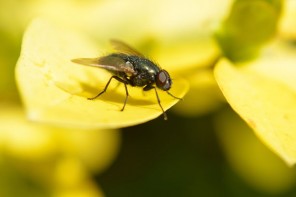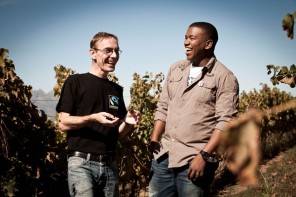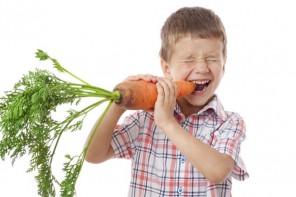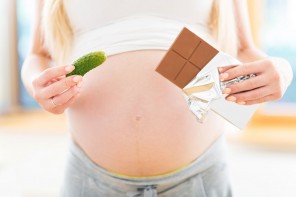Organic vegetable growing tips from Sam Adams of Living Green
Composting is one of the most important parts of growing your own organic vegetables. Inspired by the recent success of my own composting system, in this second article I am focussing on the art of composting. It is immensely satisfying to see the rich and buoyant compost that you have created from your own garden and kitchen waste. This ‘waste‘ is suddenly transformed from a useless by-product to a valuable and significant resource. Composting is an important activity to focus on during the quieter winter growing months.
I have intentionally called composting an ‘art‘. I believe it is not an empirical science, but rather a creative expression, much like baking or sculpture. There are different techniques and of course thousands of different ‘ingredients‘ that can be put together into this art form – the compost pile!
An excellent metaphor for making compost is the ‘potjie‘. I like to imagine that I am cooking a meal for the garden and that I need a strong ‘pot’ in which to cook the ingredients. The pot can vary in size and shape, according to how much you are cooking. Each meal will have a unique flavour!
Composting requires three key ingredients, in addition to the kitchen and garden waste. These are water, oxygen and heat. Consider these when building your pot or composting structure. It should be near a water source so you can keep the compost moist.
The structure should have holes to allow air to reach all sides of the compost. And it should be taller rather than broad. A deep compost pile means that the centre of the pile gets very hot – in some cases it can even boil water due to the heat-producing bacterial activity!
Aerobic composting is the most efficient method to produce compost. It is imperative to have a constant supply of fresh air for the oxygen-dependent bacteria that rapidly break down the waste. To achieve this, the compost pile must be turned with a garden fork approximately every two weeks. Anaerobic composting, by contrast, simply sits in a stagnant pile and takes significantly longer to decompose.
Ingredients for making your compost potjie are as follows:
- Wet and fresh greens: green garden cuttings (grass, leaves, etc), kitchen scraps and veg peels, tea bags.
- Dry and old browns: garden waste that has dried, small dead branches, straw, wood chip, untreated sawdust, shredded non-glossy newspaper and cardboard.
- Manure: chicken is first choice, or goat, sheep, and cow. Horse manure in moderation because of its acidity. No dog or cat manure.
- Additional ingredients: bone meal, wood ash, organic compost activator.
- Do not add: meat; acidic vegetable cuttings like citrus, onion, garlic; anything with seeds; rotting food.
The process for making the potjie is a simple process of layering. Firstly, build your pot, perhaps out of old pallets tied at the corners. Place it on loose soil, not grass as the grass will grow into the compost. On top of the soil, place some branches that will hold the next layer off the ground to allow for oxygen to reach the underside.
Secondly, place a layer of the wet and fresh greens. If you are adding fresh grass cuttings, make sure to thin it as it can become a heavy and oxygen-deprived lump. Next, add the dry and old browns, followed by the manure. Add any of the additional ingredients as mentioned above. Make sure that each layer is damp. A good idea is to soak the cardboard and paper before adding.
Leave this pile undisturbed for two weeks. Then, take the garden fork and turn the entire pile to allow for the air to return. Either turn the compost completely out of the structure and then return it, or turn it directly into a brand new ‘potjie’ so that you can have more than one ‘meal’ cooking at the same time.
After four turns (8 weeks ‘cooking’) the compost should be ready. This will be slower in colder weather. Remember to always keep the pile moist and to turn it on time. Good luck and may you enjoy a rich return of home-made compost!
June planting |
|
| Western and Southern Cape | Beetroot, cabbage, carrot, lettuce, peas, radish, turnip. |
| Inland | Cabbage and peas. |
| Coastal KZN | Beetroot, bush & pole beans, cabbage, carrot, cucumber, eggplant, lettuce, melon, peppers, potatoes, radish, squash, spinach, and tomato. |
| You can also plant out the following seedlings: spinach, cauliflower, broccoli, leeks and onions. | |
Sam Adams runs Living Green, an eco-consultancy and organic food garden company in Cape Town. He can be contacted on 074-1715566 or info@startlivinggreen.co.za; www.startlivinggreen.co.za
The liveeco team







